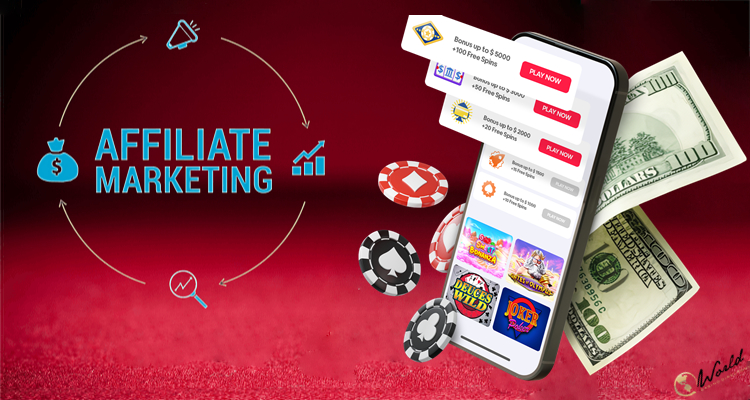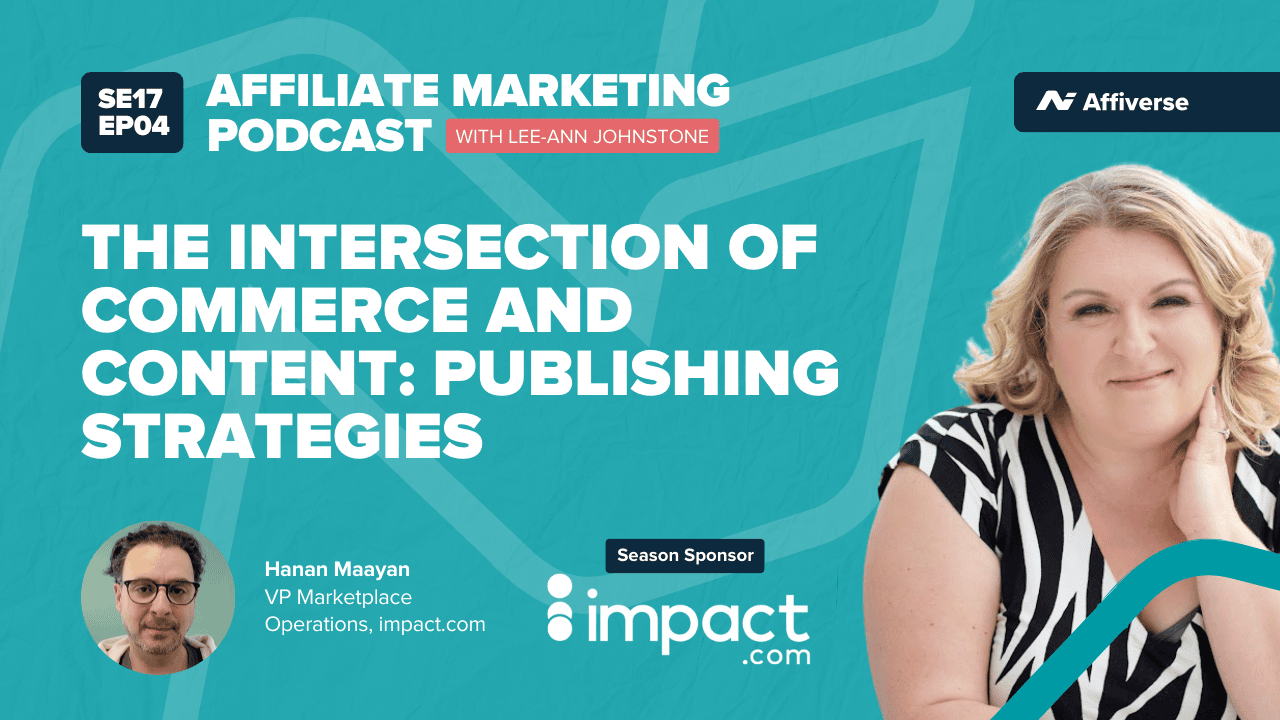
Instead of doomscrolling, how about earning extra cash with these easy steps?
Who knew that social media, our go-to spot for fun and relaxation, would become a lucrative income stream? Platforms like Facebook, Instagram, TikTok and YouTube aren’t just for scrolling anymore—they are stages where content creators, maybe even like you, can showcase their talents and pull in pretty pennies, sometimes enough to live on!
Social media has democratized earning opportunities, allowing individuals from all walks of life, be it teens at home or seasoned professionals, to monetize their skills and content. You, too, can harness this potential without aspiring to be a mega-influencer or being omnipresent in videos. Here’s a guide on how to get started.
What are the best ways to earn money from social media?
1. Monetizing content creation on Pinterest through affiliate marketing
Imagine turning Pinterest, our beloved treasure trove of visual content, into a nifty little earner! Crafty creators have skillfully transformed it into a powerhouse for income generation, all thanks to some clever affiliate marketing hacks.
Just as a refresher, affiliate marketing is a revenue-sharing model where creators promote products for businesses, earning a commission for each purchase made through their referral links.
In affiliate marketing on Pinterest, creators curate and promote products through visually striking pins. These pins, which serve as clickable images or videos, can be configured to redirect viewers through affiliate links, facilitating purchases and subsequently earning commissions for the creator.
With a meticulous selection of a niche, such as zeroing in on beauty products or book recommendations, and leveraging the analytical capabilities of a Pinterest business account, creators can adeptly convert their posts into a lucrative venture.
Steps to start earning through affiliate marketing on Pinterest
1. Choose an affiliate program
Venturing into the affiliate marketing space is about choosing a program that not only aligns with your niche but also offers competitive commission rates. Various platforms offer robust affiliate programs, including Amazon, ClickBank, HubSpot, Shopify, Sephora and Elementor. For instance, Amazon provides a 20% fixed commission rate for Amazon games and 3% for home improvement items, while HubSpot offers a 30% recurring commission for a year. It’s paramount to scrutinize various programs to ensure that the promoted products resonate with the interests and needs of your target audience.
Pro tip: If you choose Amazon, prioritize promoting bestsellers as they have the highest customer ratings, and people will most likely buy them based on positive reviews.
2. Curate high-quality pictures and pins
Utilizing editing tools like Canva enables creators to craft pins that are not only visually appealing but also distinct. Opting for authentic images, particularly for tangible products such as books or beauty items, enhances authenticity and engenders trust within your audience. Also, adhere to best practices, such as ensuring pins are vertically oriented and follow the recommended 2:3 ratio, to maximize visibility and engagement on Pinterest.
3. Craft descriptive and transparent captions
Embedding relevant keywords into your pin descriptions can enhance your content’s discoverability. In addition, maintain honesty in your reviews and consistently deploy “#affiliate” or “#ad” hashtags to uphold transparency when posting affiliate links.
4. Be consistent and keep updated.
Maintain a stable posting schedule, whether through daily or multiple weekly posts, to bolster visibility. Moreover, you can leverage Pinterest Analytics to continuously monitor pin performance. This tool helps you identify which ones catalyze the most traffic and conversions, allowing for an ongoing refinement of your strategy.
2. Diving into self-publishing with Kindle Direct Publishing (KDP)
Did you know that you can publish e-books and printed materials with Amazon’s Kindle Direct Publishing and reach readers worldwide? With its widespread availability, spanning regions from the U.S. and U.K. to India and Australia, KDP has emerged as a favorite amongst writers of all levels, thanks to its far-reaching audience and intuitive functionality.
Key steps to publish your book with Amazon KDP:
1. Getting started: Initial steps and book details
Starting your KDP journey involves several key steps. First, create a KDP account and decide upon your book format (i.e. e-book or paperback). Then, provide the intricate details of your book: title, subtitle, author’s name, description, edition number, language and ISBN (a unique book code). Carefully choose your book category and integrate relevant keywords to optimize discoverability amongst readers seeking your genre.
2. Know your rights, royalties and pricing strategies
Define the territorial rights of your book, deciding whether to sell it globally or in selected countries. Your e-book royalties will range between 35-70%, subject to your book’s pricing and your country of origin, while for paperbacks, you can expect up to 60% of your listed price as royalties, subtracting printing costs.
Pro tip: Consider leveraging KDP for non-book content such as notebooks, diaries or organizational sheets, particularly if authorship isn’t your path. Utilize design tools like Canva for creating covers and offer your products on Amazon or your social media platforms like Instagram and Pinterest.
3. Design, upload and format your manuscript
Your manuscript has to be in a KDP-compatible format, including popular file types such as DOC, DOCX, and MOBI, which KDP will automatically convert to Kindle format. You may submit PDFs adhering to KDP’s requirements or use their templates for paperbacks. For cover designs, either submit a custom creation or use the KDP cover designer tool, ensuring compliance with Amazon’s requirements, like the optimal dimension of 1,600 × 2,560 pixels for cover files.
4. Preview, price and publish
Use the online previewer to inspect your book as readers will see it, pinpointing any formatting issues. Strategically choose your book’s pricing, taking into account Amazon’s royalty plan and the pricing of comparable works in your category. Once content, hit “Publish Your Kindle eBook” or “Publish Your Paperback Book”. Note that eBooks may take up to 72 hours to become available in the Kindle Store, and paperbacks may require additional time.
3. Kickstart your merchandise selling business
Whether it’s t-shirts featuring your favorite anime characters, notebooks emblazoned with the iconic BTS logo or mugs adorned with trendy memes, selling merchandise can draw a sizable audience and even pave the way for a vibrant business. Moreover, this could morph into a delightful learning journey, especially with collaborative efforts among friends!
Setting up your merchandise business:
1. Understand your audience and carve a niche
Before jumping into your business, you need to understand your target audience and how your skills can meet their needs. If you are an artist, monetizing through the sale of stickers, postcards and wedding invitations might be lucrative.
With merchandise from popular shows currently in high demand, seizing the opportunity to cater to this market can be prudent. Dedicate time to understanding customer needs, converse with experts who’ve triumphed in this field and meticulously plan your venture.
2. Involve your friends: Make it a collective endeavor
If you have that one social butterfly friend who is a TikTok connoisseur, onboard them ASAP—you will have a brand ambassador in no time! Not only will this be fun to do together, but you will also gather hands-on experiences in marketing, sales and creative thinking.
3. Show your face on your social media
In addition to product photographs, show real faces in your social media posts! It is a fantastic way to earn the trust of your potential customers and imparts a friendly, relatable vibe to your brand. For instance, pepper your Instagram stories or reels with clips of you enjoying a coffee from the meme mug you’re selling, or share behind-the-scenes looks, or reshare customers’ stories in which your account is tagged.
4. Quality over quantity
To ensure positive reviews, opt to begin with a limited assortment of high-quality, premium products rather than a vast range of inferior items. This strategy ensures the longevity of your products and saves consumers from repeated purchases, thereby reflecting and maintaining your brand’s integrity
Pro tip: Getting chunks of orders in one day is hard, but you can always start with the people around you. Initiate your sales with those around you—family, friends, neighbors, and relatives—and ask for constructive feedback and authentic reviews to reel in potential customers.
Final words
To wrap up, by leveraging your skills, interests and online influence, you can transform aimless social media scrolling into a financially rewarding activity. The avenues for earning are as diverse as they are plentiful—whether through affiliate marketing, selling merch, content development or providing digital services. The prospect of converting online time into a profitable enterprise not only cultivates productivity but also embroiders extra cash into your financial tapestry—certainly, a desirable outcome for any digital denizen!
Also read:
Header Image Courtesy by Pexels
https://www.jumpstartmag.com/stop-scrolling-start-earning-how-to-earn-extra-bucks-on-social-media/




